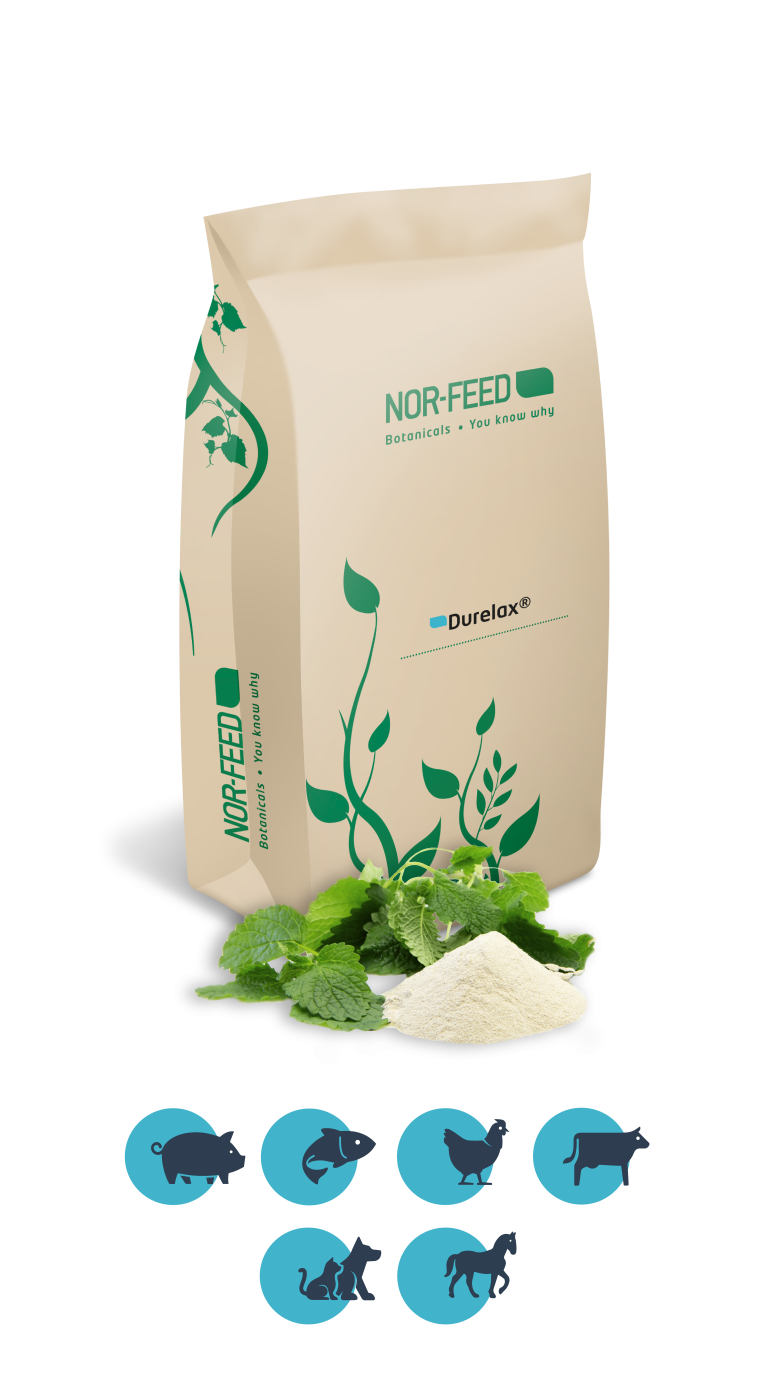
What are the causes of
Feather pecking
Feather pecking is a common social behavior in commercial laying hens. Various factors lead to feather pecking such as: environment, stocking density, hen genetic, and nutrition. Feather pecking is also linked to social behavior, as birds tend to imitate each other quickly, leading to a general pecking behavior in the flocks (Cloutier et al. 2002). When days get longer, the light intensity increases in laying barns. It’s well known that high light intensity favors feather pecking and cannibalism. In 2019 Shi et al., concluded that different light color and light intensity influenced the behavior and fear response of laying hens. Kjaer and Sørensen (2002) also concludes that twice as much feather pecking was observed at 10 lux compared to 3 lux in layers.
It’s estimated that 40 to 50% of European layer flocks are touched by feather pecking (Blokhuis et al., 2007). Thus, feather pecking can provoke important economical loses in addition of altering animal welfare (Rodenburg et al., 2012, Yamak and Sarica, 2012).
A complicating factor for feather pecking:
Light intensity
In spring, we often observe a high occurrence of feather pecking in laying barns due to the increased light intensity. This seasonal peak of feather pecking often lead to lower performances. Calming animals naturally could be an efficient way to contribute to aggressivity reduction in barns in order to protect bird’s performances and welfare.


Our 100% natural solution to calm animals naturally
Durelax®
An effective alternative to calm animals naturally is Durelax®, based on Melissa officinalis, which has recognized pharmaceutical virtues since Antiquity. This plant contributes to calm animals naturally and reduces the consequences caused by stress (feather pecking, mortality, and decrease in production). Improving animal welfare is a key factor for the full expression of growth potential.




